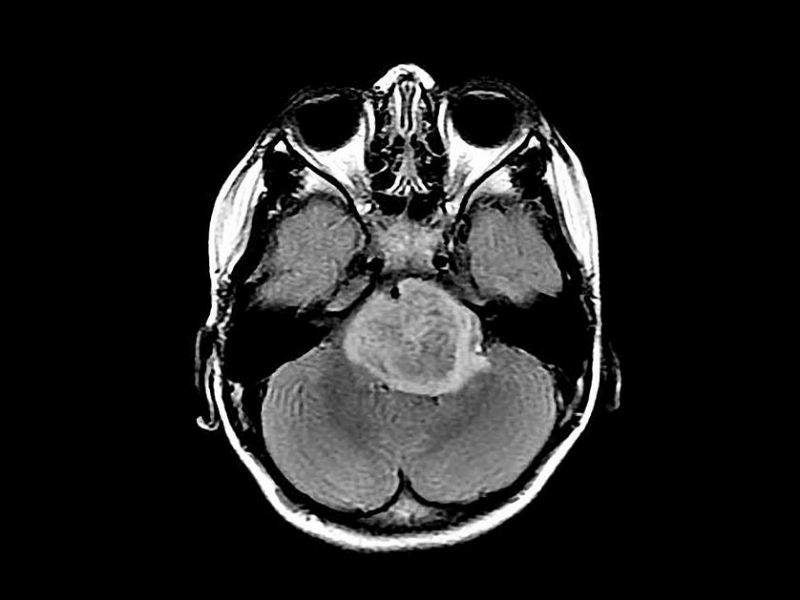
A large European research collaboration is bringing together new technologies to combat two of the most aggressive forms of brain cancer.
The project is developing microtechnology devices by combining the expertise of leading biologists and electronic engineers. They hope the devices will ultimately be able to identify and treat glioblastoma multiforme and medulloblastoma cancer stem cells.
Researchers at Bangor University in Wales, Limoges University in France, IHP Microelectronics in Germany and the Universities of Padua and Rome in Italy are working together with Creo Medical, a south Wales based company. Creo Medicalhas a track record of developing and selling medical devices which can deliver highly targeted microwave energy for localised treatment in cases such as breast and bowel cancers.
Dr Arnaud Pothier, a senior researcher from Limoges University in France, said: “We are very happy with the current state of the project. Our collaboration is achieving its most critical and work intensive phase and the preliminary results are very promising. We are hoping for continued success in a challenging field where available diagnostic and therapeutic options are limited.”
The scientists now believe that stem cells play a role in the recurrence of certain cancers, including the two aggressive forms they are focusing on. Stem cells persist beyond current treatments and can cause tumour re-growth. Conventional treatments target rapidly proliferating differentiated cells rather than quiescent cancer stem cells which are also difficult to identify.
One of the first development targets for this project is to create a new fast, transportable and reliable ‘laboratory on a chip’ method to quickly identify the type of cancer cells involved. This will resolve the current delay in diagnosis because, post-biopsy, brain tumour stem cells can take up to 40 days to identify using traditional laboratory methods.
How well do you really know your competitors?
Access the most comprehensive Company Profiles on the market, powered by GlobalData. Save hours of research. Gain competitive edge.

Thank you!
Your download email will arrive shortly
Not ready to buy yet? Download a free sample
We are confident about the unique quality of our Company Profiles. However, we want you to make the most beneficial decision for your business, so we offer a free sample that you can download by submitting the below form
By GlobalDataIdentification of the cancer cell type will be done by discriminating the cells according to how they move or react when non-ionising electromagnetic fields are delivered to them on the surface of the chip. The electronic engineers on the team are able to differentiate between healthy and various types of cancerous cells by the way they react to the electromagnetic waves both in the microwave and in the optical range. The researchers hope to develop this further in order to obtain an electromagnetic signature for cancer stem cells.
A micro laboratory approach allows the researchers to exploit the specific ways that cells move and react and will help them work on their additional aim of specifically neutralising cancer stem cells in the chip. This will finally propel the development of novel electrosurgical tools to treat the cancerous stem cells in-situ at the tumour site.
Work is progressing well, and the research partners at Limoges University have recently achieved a milestone when a microscopic chip was successfully used for radiation-based sorting of glioblastoma cells depending on their treatment resistance and aggressiveness.
The research project will run for 42 months and is funded by the European Union’s Horizon 2020 framework programme.




